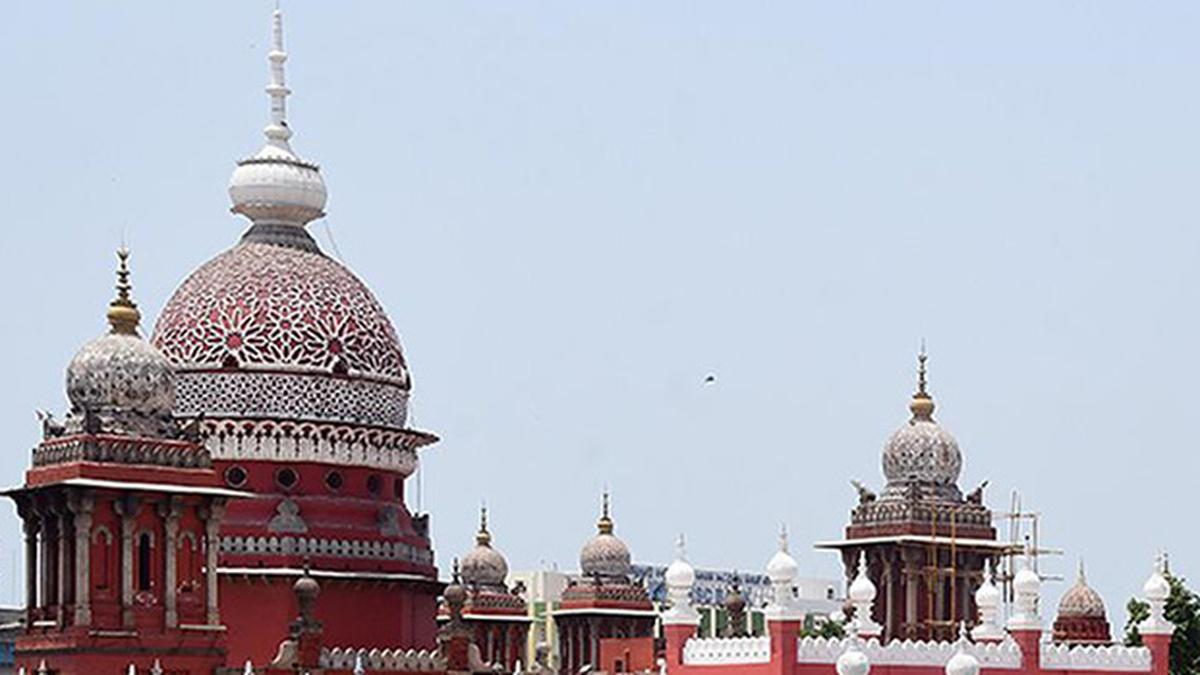
Madras High Court helps T.N. government retrieve 1.5 acres of prime Chennai land in private occupation since 1861
The Hindu
Madras High Court retrieves 1.54 acres of prime land in Chennai and hands it over to Chennai Metro Rail Limited.
The Madras High Court has succeeded in helping the Tamil Nadu government retrieve 1.54 acres of prime land in Chennai, that had been in private occupation since 1861, at Pallavaram cantonment, and hand it over to the Chennai Metro Rail Limited (CMRL).
Justices S.S. Sundar and N. Senthilkumar brought the curtains down to a long-pending litigation on the issue and obtained an undertaking from the present occupiers of the land to handover vacant possession of the property to CMRL within two weeks.
The judges directed Tamil Nadu Generation and Distribution Corporation (Tangedco) to restore electricity to the premises for two weeks so that the proprietors of Gupta Swabs Limited could remove their machines, shed and all other material from the land. The judges made it clear that the removal must happen in the presence of CMRL officials. Ordering that the restoration of electricity must be used only for bona fide purposes, the Bench said, Tangedco could disconnect power supply if it detected any irregularity or illegality.
Authoring the verdict, Justice Sundar pointed out that about 140 years ago, the East India Company had leased out the 1.54 acres in favour of Louisa Gore for a period of 50 years. The indenture dated February 9, 1861 had come to an end on February 8, 1911. Thereafter, on December 18, 1915, then Secretary of State for India in Council had given the 1.54 acres of land on lease to another individual named C. Hussain Sahib by reserving the right to resume the land on payment of compensation for the buildings, if there were any.
Sahib and his family members constituted a partnership firm named C.H. Kizar Mohammed and Company and transferred the leasehold rights to Maimoona Ammal on April 2, 1957. In 1992, she transferred the rights to K.G. Krishnaswamy and his family members. Finally, in 1995, Krishnaswamy’s family transferred the rights to the present occupants M.M. Gupta, his wife M. Malleswari and their children M. Krishna Kishore and M. Vijayakumar. Since then, the occupants had been requesting the government to assign the land to them on payment of the necessary cost.
When all their efforts to get the land assigned to them failed due to the government’s insistence on retrieving the property, they began questioning the State government’s right over the property since the property tax, water tax and so on for the property were being collected by the Cantonment Board.
However, the Division Bench held that not all properties under the local governance of the Cantonment Board would vest with the Centre. They also recorded the submission of advocate Chevanan Mohan, representing the board, that the 1.54 acres actually belonged to the State government.

The Karnataka government has drafted a comprehensive master plan for the integrated development of Kukke Subrahmanya temple, the State’s highest revenue-generating temple managed by the Hindu Religious Institutions and Charitable Endowments Department. The redevelopment initiative is estimated to cost around ₹254 crore and aims to enhance infrastructure and facilities for devotees.












